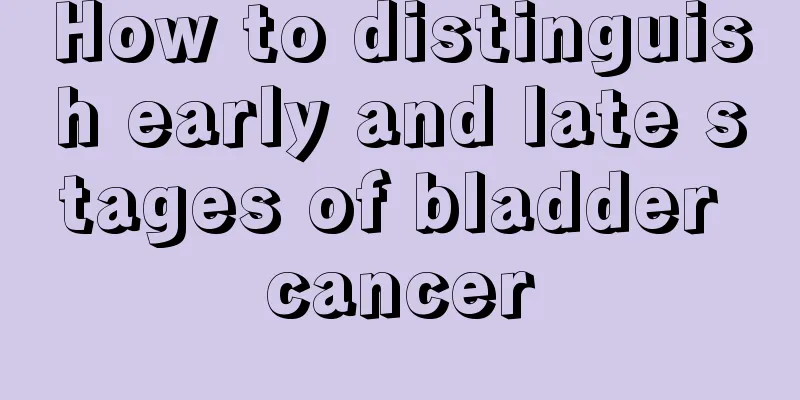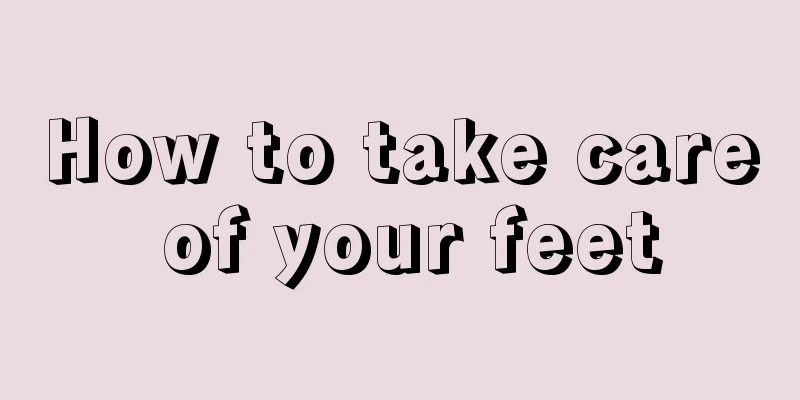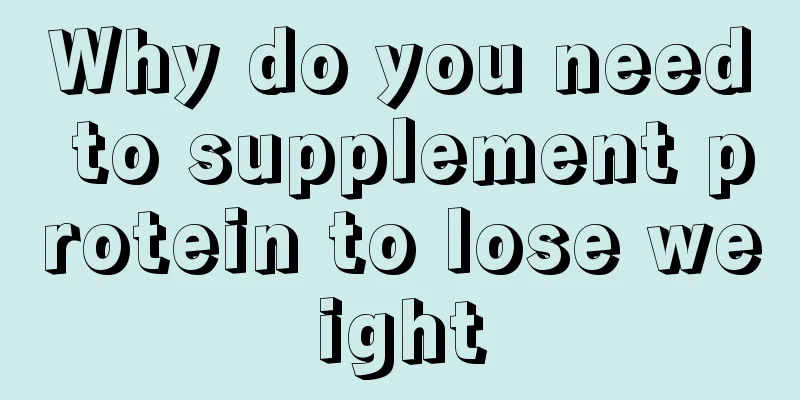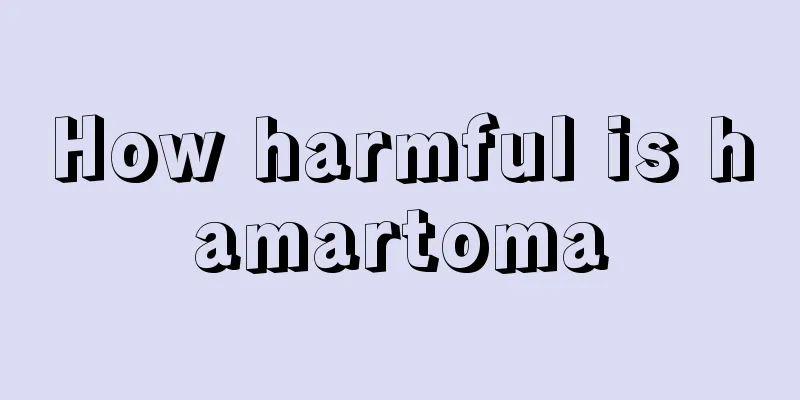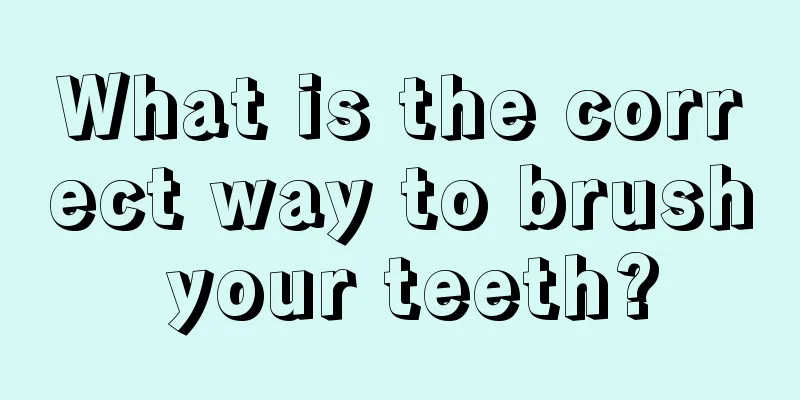What is a blocking needle?
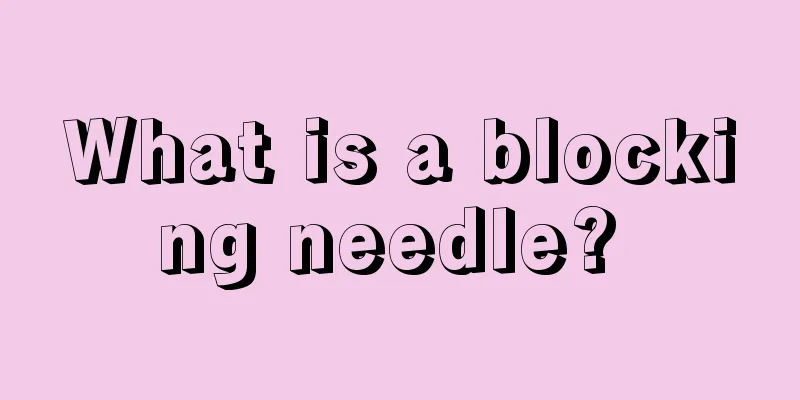
|
Modern medical technology has developed very rapidly, bringing great protection to people's health, but the types of diseases are also increasing, causing great troubles to people's lives. For example, various joint inflammations and muscle injuries have had a great impact on people's lives. The treatment of such diseases is often treated with blocking needles. Let's take a look at what blocking needles are? Blockade injection is a blocking therapy. Blockade therapy is a method of treating some pain by injecting local anesthetics of different doses and concentrations into local tissues. When a certain tissue or organ in the human body becomes inflamed, damaged or painful, it will arouse local nerve impulses and transmit them to the human central nervous system, affecting the functional activities of the central nervous system. In order to block the afferent pathway of nerve impulses, maintain the normal function of the central nervous system, improve the nutrition of local tissues, facilitate the disappearance of local inflammation, repair of injuries and relief of pain, blockade therapy can be implemented. Commonly used methods include pain point closure, intra-tendon sheath closure, bursa closure, joint cavity closure, periosteum closure, and myofascial closure. Indications 1. Muscle damage Acute or chronic injury or degeneration of muscles, ligaments, fascia, tendon sheaths, and synovium in various parts of the body. 2. Osteoarthritis Such as lateral epicondylitis, traumatic arthritis, etc. Precautions 1. Before the operation, you should be familiar with the local anatomy of the injection site and draw back blood during injection to avoid damaging nerves and injecting into blood vessels. 2. Identify the injection site. For fasciitis, only the tender fascia should be blocked. For tenosynovitis, the drug should be injected into the sheath. For tendinitis, the tendon in the tender area and its attached bones should be blocked. For bursitis, the drug should be injected into the diseased bursa. 3. Pay attention to strict aseptic operation to prevent infection within the tendon sheath or within the closed area. 4. Use medication rationally. The injection site is sealed accurately according to the prescribed dosage and method, and a small amount of medicine can be effective. If closed treatment is required again, there should be an interval of 1 to 2 weeks. Repeated use of glucocorticoids will aggravate the degeneration of tendons and ligaments. 5. Generally, if the occlusion site is accurate, tenderness and pain will disappear immediately. If the blockade is performed in an area with high tension, or if there is bleeding in the blocked area, the pain will increase, especially on the evening of the day of the blockade. The pain will gradually disappear after the swelling subsides. 6. If swelling, redness or heat occurs within a short period of time after injection, be alert to infection. |
<<: What causes right front chest pain?
Recommend
What are the symptoms of early nasopharyngeal cancer
Many patients are familiar with nasopharyngeal ca...
Is Hepatitis E still contagious after being cured?
The thing people fear most in life is getting sic...
How do you know if you are loose down there
Many women worry about their lower body being loo...
What causes acute cerebral infarction?
Acute cerebral infarction is one of many elderly ...
What medicine to use to treat aphids
Many people may not have heard of aphids, but I b...
What foods can’t be eaten when you have liver cancer? What foods are good to eat in the late stage of liver cancer?
In today's society, there are more and more c...
Why does esophageal cancer cause a foreign body sensation on the right side? Pay attention to these three points
If you have esophageal cancer and feel a foreign ...
How should lung cancer patients take care of their bodies? Summary of 4 nursing measures for lung cancer patients
Most people realize that lung cancer is a very se...
What are the symptoms of endometrial cancer during pregnancy
As the number of patients with uterine cancer gra...
Ischemic optic neuropathy, this kind of care is effective
Ischemic optic neuropathy often occurs in the eld...
The difference between invisible braces and braces
There is definitely a huge difference between inv...
What is the correct way to use sunscreen spray?
Spots often appear on people's faces, such as...
Is the chance of pregnancy high after three abortions?
The chance of getting pregnant after three aborti...
Chin acne is actually related to these five reasons
Acne on the chin is a common phenomenon in daily ...
Can I eat donkey-hide gelatin in autumn?
There are many kinds of supplements on the market...
